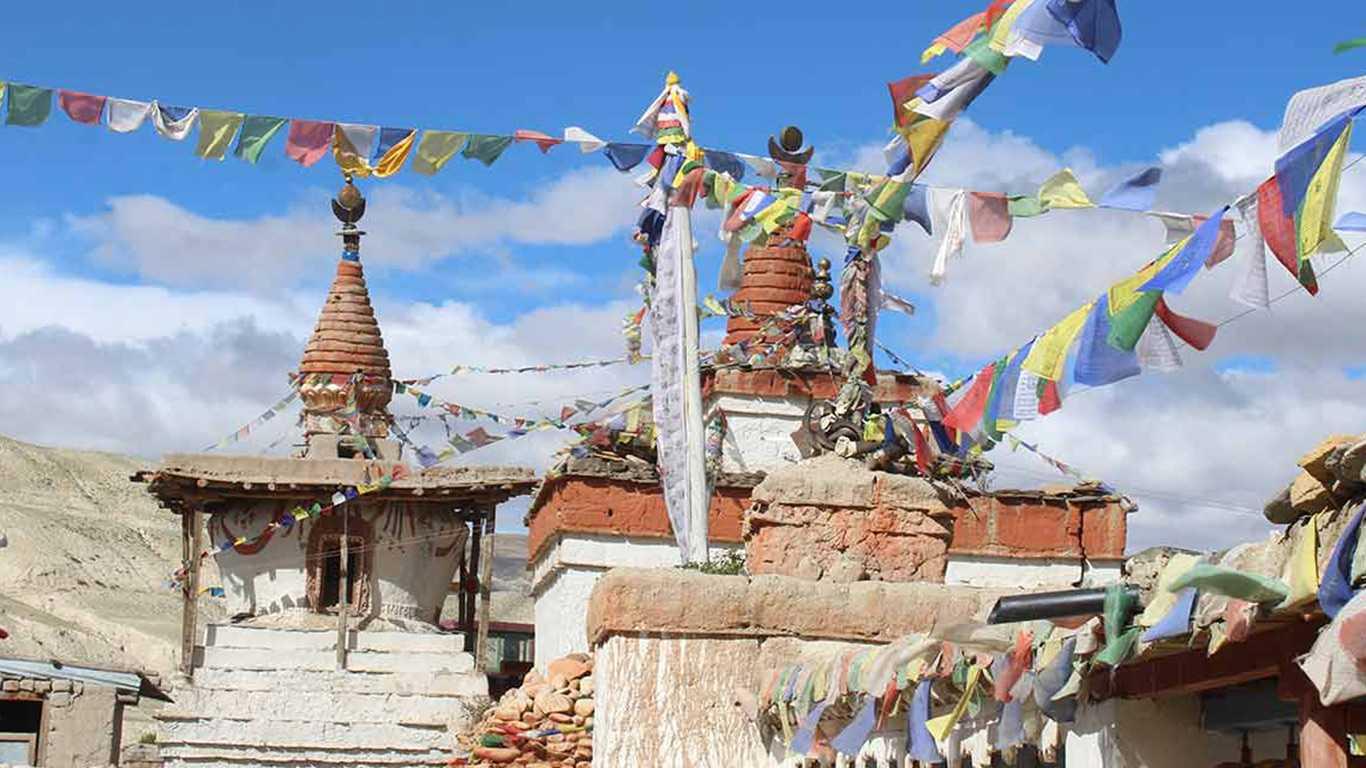Mustang Tiji Festival Tour
Nepal Himalayas
14 days
2-12 people
5,364m (17,598ft)
Starting from
$ 2560.25per person
Date of Departure
$2560.25× 1 guest
$2560.25$2560.25× 1 guest
Total Amount
$2560.25
$2560.25
trip informaiton
Duration
12 days
Max Altitude
3840
Difficulty
Moderate
Starts from
Kathmandu
Trips Ends at
Kathmandu
Activity
Accommodation
Meals
Weather
°C
Group Size
Best Season
Region
Related Blogs
LIMITED OFFER1 Person
TOTAL$1194


